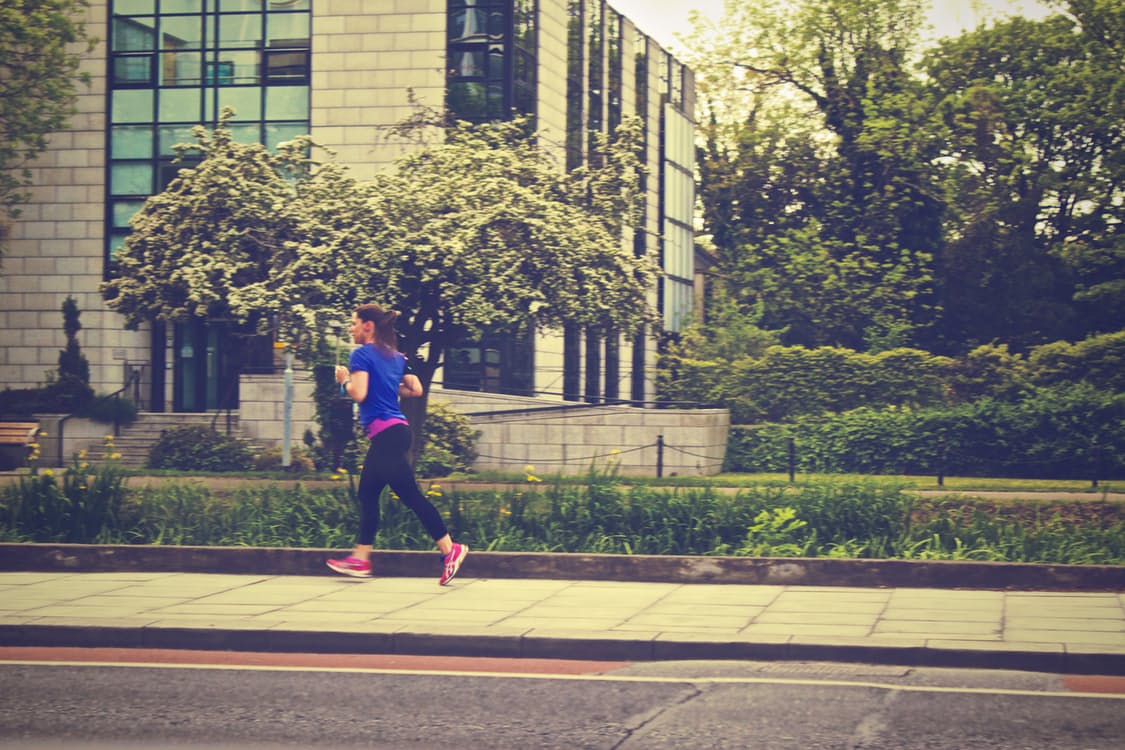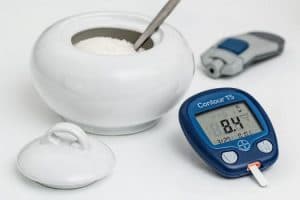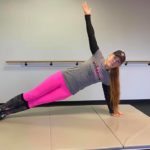There are many factors that contribute to the overweight/obesity (OO) crises we in the West, especially in the US, are experiencing. I won’t try to list them all but it’s worth noting that by OO crises I mean the rising rates among the adult population (estimated at 66%), the rising rates among non-indigenous especially immigrant populations, and the frightening rates among our young and adolescents (~30%).
Of the main factors, and avoiding discussion about the physiological and neuro-hormonal ones, are plentiful food (‘good’ and ‘bad’ quality foods) year round, a horribly unnatural work ethic that has folks working longer hours and trying to be more productive, too, and lack of physical activity. Sedentariness, a new risk factor that’s been added over the past ten years to the others (Age, Blood pressure, high Cholesterol, pre-diabetes and Diabetes, Excess weight , Family history, and now Gross inactivity), is endemic in our society both at work and at home.

So when researchers are looking for signs that sedentariness impacts our chromosomal qualities, you know that’s a bad situation. Why? Because our chromosomes are our most basic bellweathers of our health.
You see, a chromosome carries genetic material that tells our body what to do, how to do it, and when. At the end of our chromosomes are telomeres. These sort of act like the plastic at the end of your shoelaces – they keep the threads intact. As time goes by, the telomeres shorten. And the more diseased your are, the more your body wears down from inflammation, the older you are….the shorter your telomeres are.
So a study such as this is very telling. It says that those older folks who by their very age have shorter telomeres than young folks, and who are more sedentary, are chromosomally older than their ages may suggest. Their life spans, like their telomeres, are abbreviated. Likewise, those who remain somewhat active have less telomere shortening than those who do not exercise. Movement is important, read about it here, here and here.
The take home, of course, is to move. But how much and what kind of movement are both still not quite pinned down. While most medical and health organizations want 30 minutes/day nearly every day of the week 0f moderate to vigorous activity, there is a recognition among us fitness pros that this can be accomplished in short bursts of high intensity to the point of fatigue and thus requiring less time commitment.
In fact, a recent study says you can still benefit just by being a vigorous weekend warrior. Granted, this may not be the wisest or safest way to maintain long telomeres but if that’s all you’ll do, so be it. Props, as the young might say, to you.
So where does that lead you?
This may be the strongest argument for what has been determined in various surveys of fitness pros to be the best way to stick to a regimen: incorporate other people into the process. Some can go it alone; some like large groups; and some just need a friend or coach. Personal fitness trainers can help guide you, motivate you during that session, and even push you where you might not go otherwise. But we can’t do it for you daily unless you are rich.
In the end, it is up to you to find ways to get more activity into your day, even if it’s just standing by your desk. Yes, walking is better, and running is better than walking. But anything but sitting is saving your genetic code for another day. Like a teleprompter to assist your speechmaking, use this blog or other articles you see along the way to move you toward healthier telomeres, and then MOVE.















